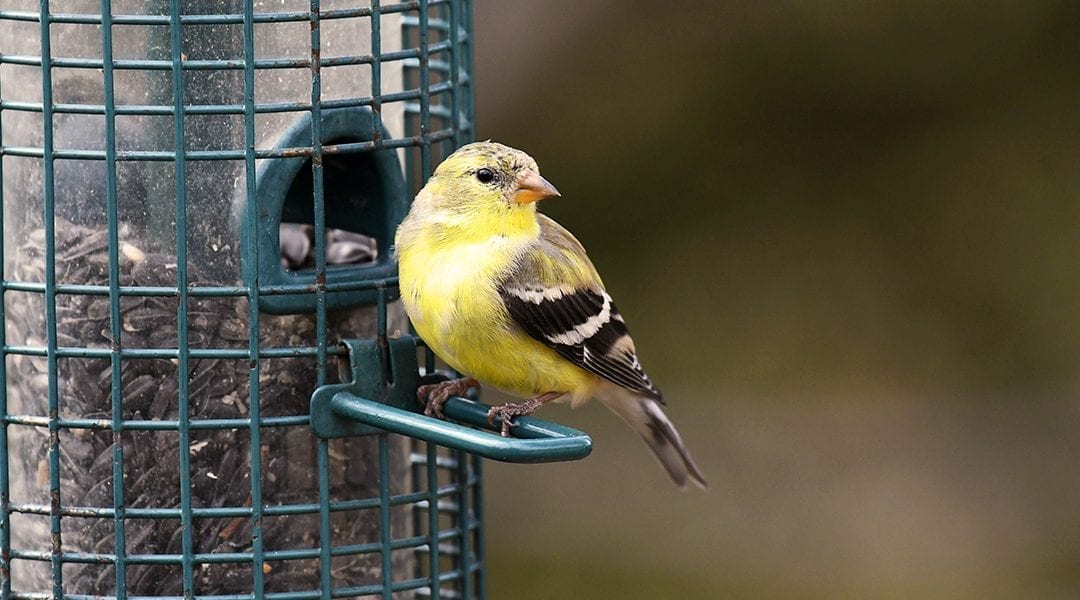The melody of the robin is just one perk of gardening for birds. As backyards account for a third of city land, what we grow can have a wide-reaching benefit. Whether we wish to help conservationists, or merely enjoy the beauty of a bluejay, we can attract birds into our landscape in many ways.
Tips for Feeding Your Feathered Friends
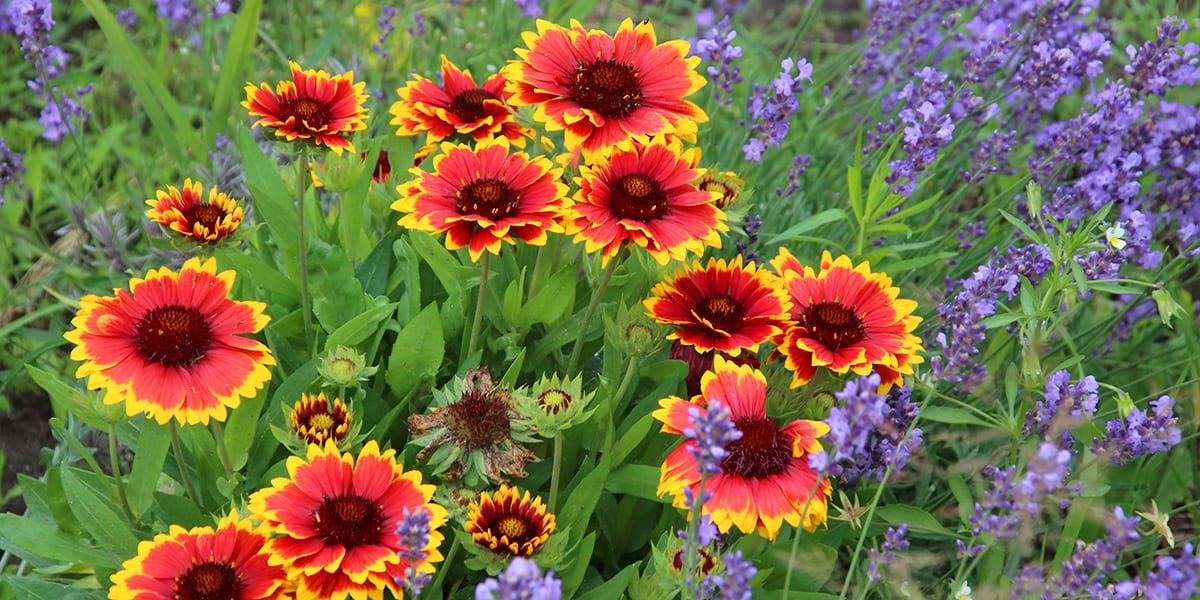
Seed-bearing Flowers
Instead of buying seeds for your bird feeder, you can grow flowers that produce them. The delicious sunflower is probably the first that jumps to mind. Alliums, Asters, Black-eyed Susans, Blanket Flowers, Cornflowers, Cosmos, Evening Primroses, Goldenrods, and ornamental grasses—to name a few—also turn into seeds. The key is not to deadhead, but to let the spent flowers mature. You can leave them standing in the summer and even into the fall to feed our winter residents, like the Pine Siskin and Dark-eyed Junco.
Berry Shrubs and Trees
The good thing about birds is that they often enjoy the same food we do. So when it’s time to harvest your berry bushes, leave some for the winged ones. Often, abundant native shrubs, like the Serviceberry, produce more than we can pick anyway. Ornamental crabapples and cherries, Hawthorns, Maydays, and Mountain Ash provide fruit that’s too bitter for us, but the Cedar Waxwing and Northern Cardinal love them.
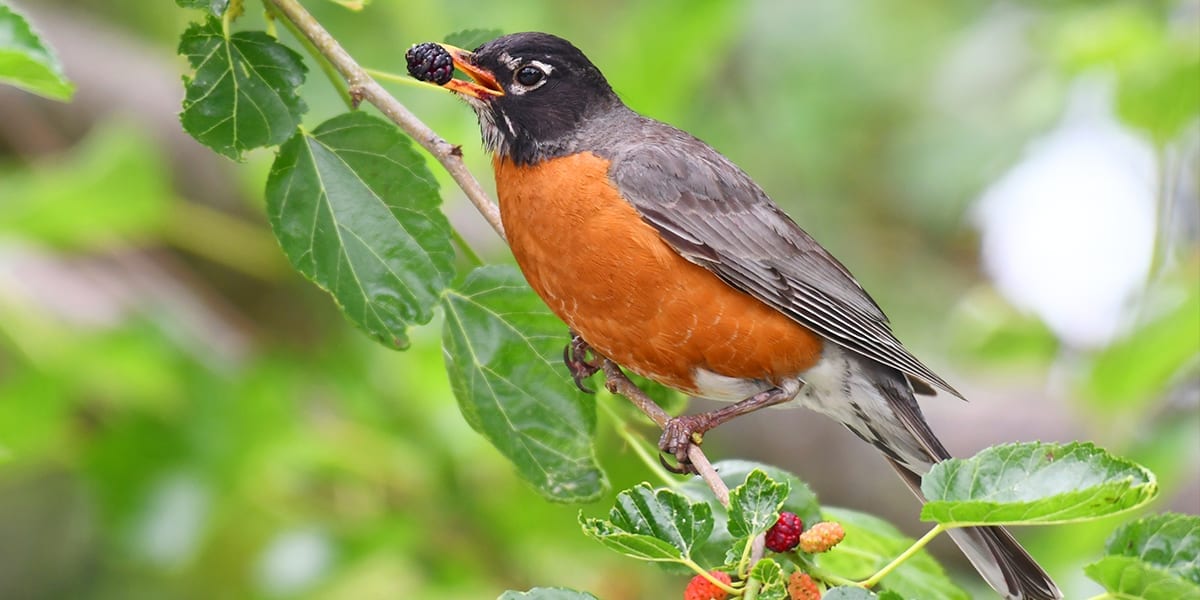
Focus on Foliage over Feeders
Bird feeders provide a healthy snack to many birds, especially during the lean months of late winter. However, a recent study at the University of Illinois found that bird feeders did not attract birds into suburban yards. A better indicator was the presence of berry bushes and a higher ratio of evergreen to deciduous trees. In other words, what you plant in your garden is most important, but bird feeders can supplement the bounty in your yard.
Use Natural Pest Control
Most insects that we consider pests make great snacks for birds! Aphids, leafhoppers, beetles, moths, ants, and caterpillars feed Black-capped Chickadees, Yellow Warblers, and Woodpeckers. Even mosquitos are a key food source for birds, including hummingbirds. Pesticides remove these valuable insects from the food chain and harm the fliers that feed on them. If we invite birds into our yards, they will gladly become our natural “pest” control.
Providing Shelter
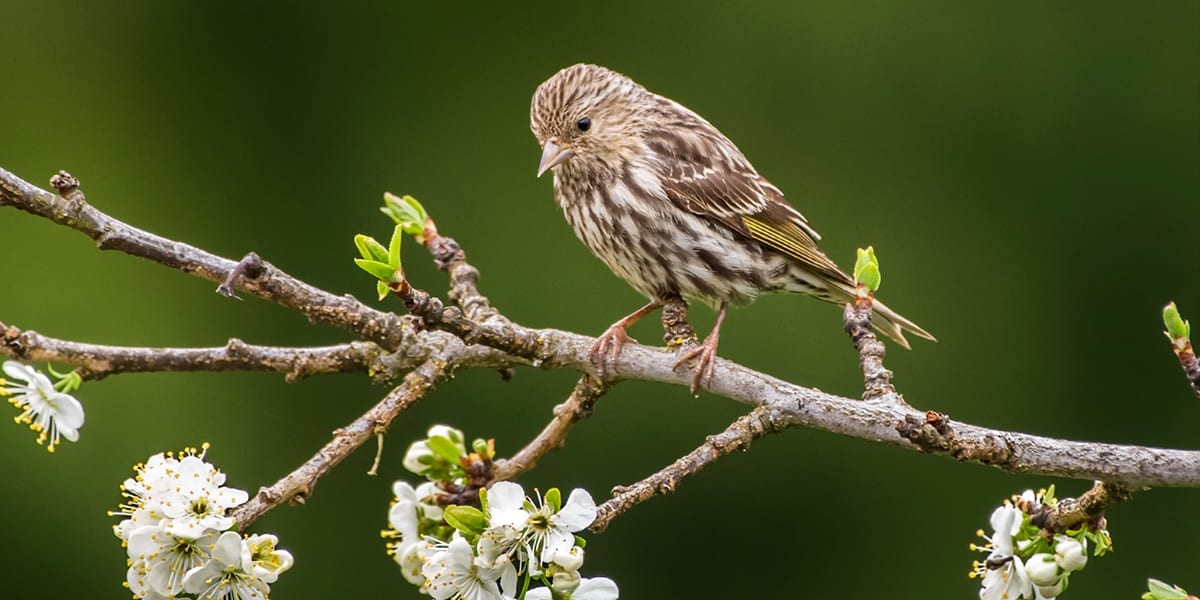
Plant Trees
We often think of the sky as the primary habitat of our favorite birds, but the truth is that they live in trees. Most birds nest, sleep, raise families, and seek shelter from predators in tree branches. Some plains species live on the ground, while others live at the borders of woodlands, which are a lot like our yard environments. To mimic these landscapes, we can plant beautiful canopies, branches, and trunks for birds to make their homes. At the same time, we’ll benefit from the shade, clean air, and nuts of large trees. Different bird species prefer specific trees. Spruce cones are great winter food for Crossbills and other seed-eaters. Cedars are ideal for smaller species to find shelter.
Birdhouses and Roost Boxes
Birdhouses make an attractive supplement to the natural habitat in your yard. You can tailor the dimensions and hole size to the fliers you wish to nest there. Roost boxes protect birds from predators and extreme weather. They contain perches inside, a hole at the base for better heat retention, and are usually bigger than a birdhouse. Several species might share a roost to stay alive during a winter cold snap. When choosing a birdhouse, opt for natural colors and materials, as birds generally won’t move into decorative ones with brightly-colored paint.
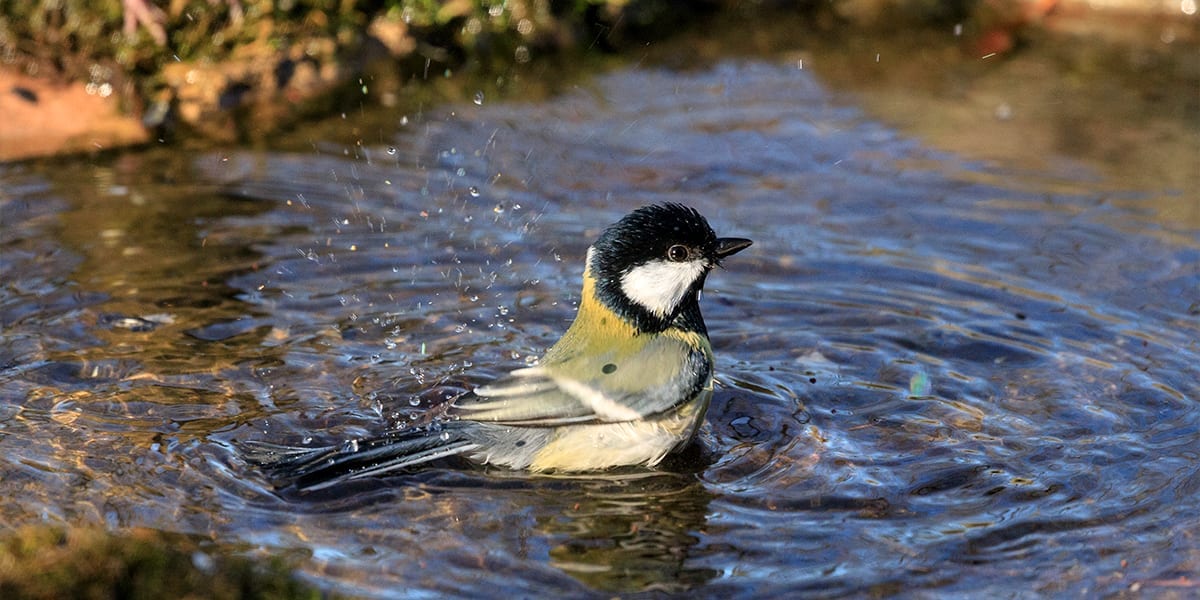
Water Features
To create a truly luxurious roost, add a birdbath or pond to your yard. A sprinkler, mister, garden fountain, or stream will attract birds to the trickling sounds. They’re drawn to the sound and gentle spray of moving water.
Giving birds better habitat often improves our own. They thrive in a multi-storied canopy of seed-bearing flowers and abundant berry bushes, nestled below the boughs of towering trees—the types of places that we love, too! With these bird-friendly landscaping ideas, you won’t have to leave your yard to go bird watching. You’ll attract sparrows, swallows, and maybe even a hawk into your canopy, all while doing a service to the character of your neighborhood. Our garden centers would love to help you create your ideal bird sanctuary!
Click for more information about gardening for birds
Platt Hill Nursery is Chicago’s premier garden center and nursery.

